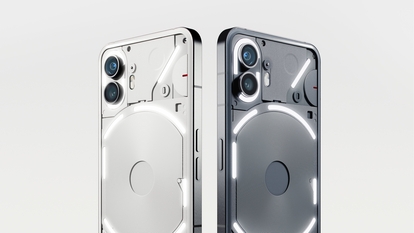Asteroid today: Dangerous space rock just zoomed past Earth at 25200 kmph
Another asteroid just zoomed past Earth today! Know what NASA said.

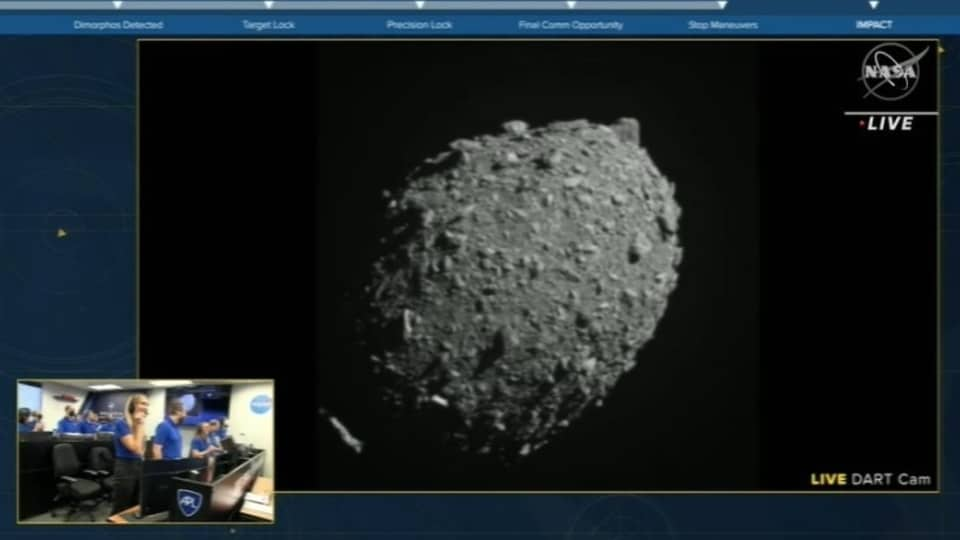
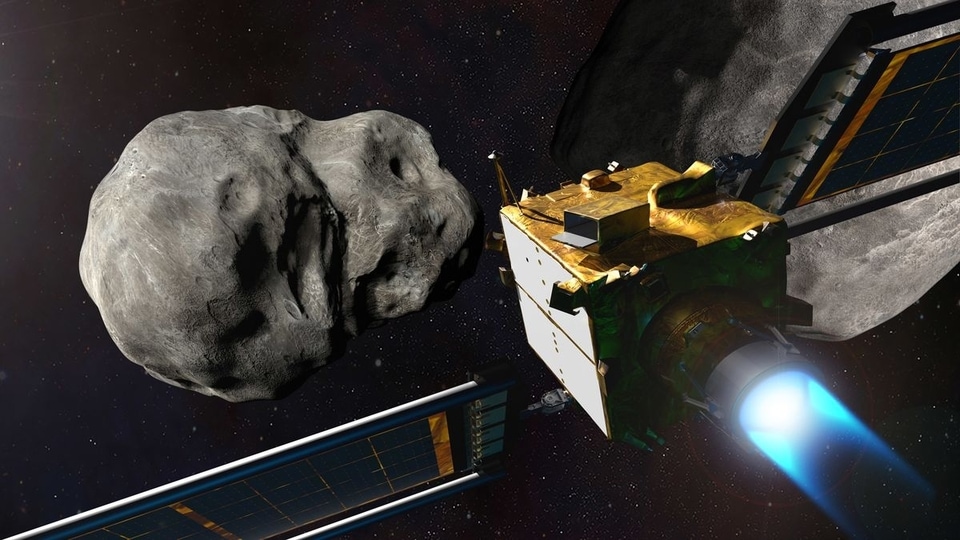
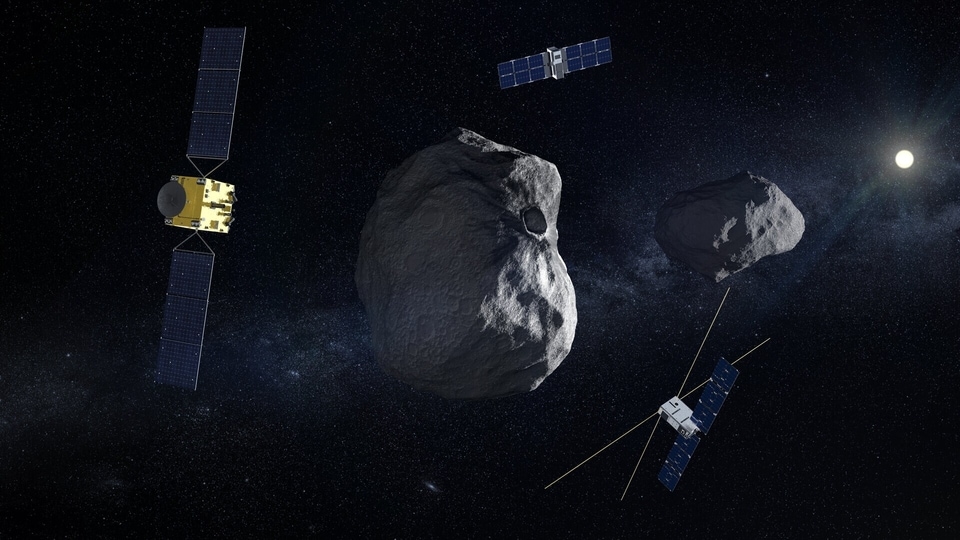
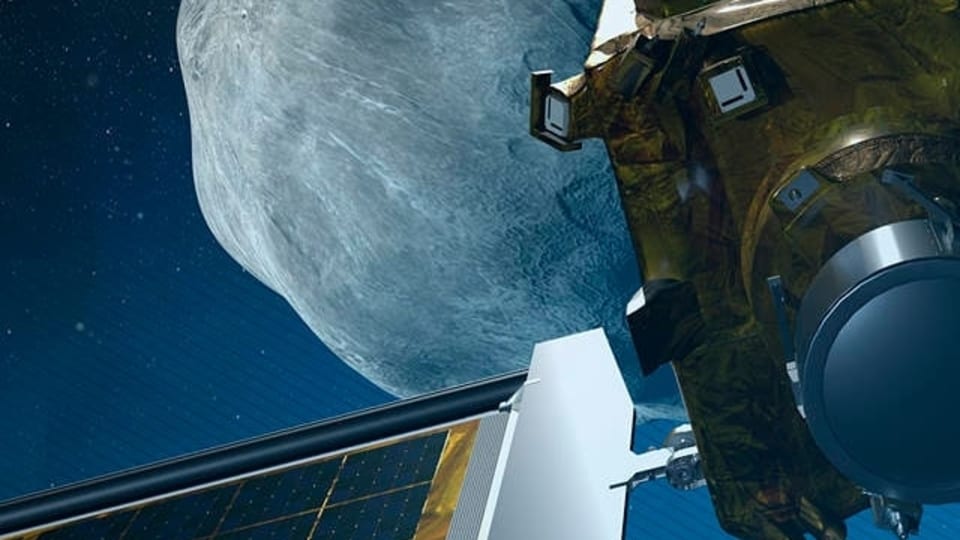
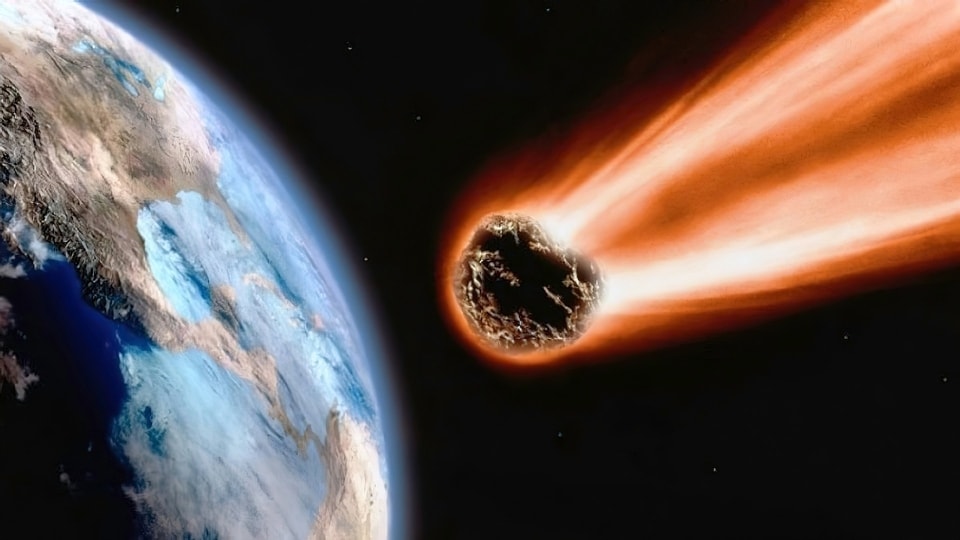
 View all Images
View all ImagesNow that NASA has successfully conducted its first planetary defense test against rogue asteroids which hurtle towards Earth and generate fear, the world can breathe a sigh of relief. However, NASA is not done yet. NASA and other agencies will study the DART data over the next few weeks to determine the details of the asteroid deflection which will provide greater knowledge as to what happens when a craft is crashed against a space rock. But until then, we're still not safe from asteroids, and one just flew past Earth today.
Asteroid 2022 SZ
NASA has warned that a huge asteroid, named Asteroid 2022 SZ has just flown past the planet. The asteroid made its closest approach to Earth during the early hours of today, September 29, at a distance of 5.2 million kilometers. It flew past the planet at a staggering speed of 25200 kilometers per hour.
According to the-sky.org, Asteroid 2022 SZ belongs to the Apollo group of asteroids. The asteroid takes 463 days to complete one orbit around the Sun, during which its maximum distance from the Sun is 221 million kilometers and nearest distance is 130 million kilometers.
These past months have seen a sudden increase in the frequency of asteroid flybys.
Tech involved in the DART mission
Didymos Reconnaissance and Asteroid Camera for Optical navigation (DRACO) along with Small-body Maneuvering Autonomous Real Time Navigation (SMART Nav) algorithms aboard the DART spacecraft allowed it to distinguish between the larger Didymos and its target Dimorphos, striking the asteroid with precision accuracy, according to NASA.
NASA's first planetary defense attempt was captured through cameras of a small companion satellite named cubeSAT LICIACube (Light Italian CubeSat for Imaging Asteroids). The cubeSAT is made up of two key components, LUKE (LICIACube Unit Key Explorer) and LEIA (LICIACube Explorer Imaging for Asteroid), both of which capture key data from the collision.
Catch all the Latest Tech News, Mobile News, Laptop News, Gaming news, Wearables News , How To News, also keep up with us on Whatsapp channel,Twitter, Facebook, Google News, and Instagram. For our latest videos, subscribe to our YouTube channel.




























